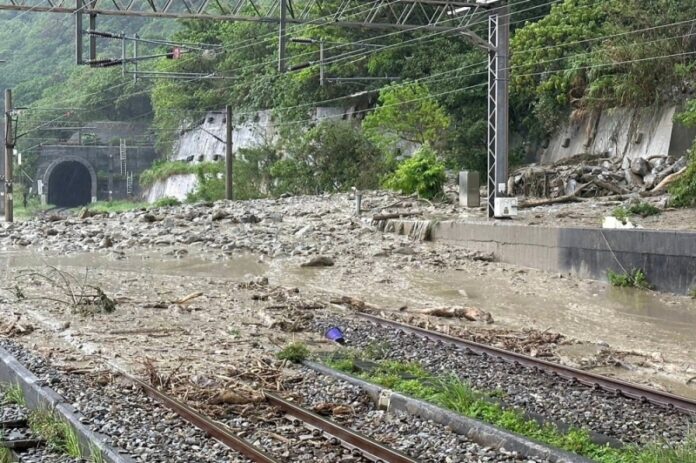
Taiwan experienced a series of earthquakes, with the strongest measuring 6.3 in magnitude, causing buildings to sway in the capital, Taipei. Here’s a summary of the seismic activity and its impact on the region.
Late Monday and early Tuesday, Taiwan’s eastern county of Hualien was rattled by numerous aftershocks following a 7.2 magnitude earthquake on April 3. Despite the aftershocks, minor damage was reported, and major chipmaker TSMC confirmed no operational impact.
Hualien, known for its rural landscape, faced over 1,000 aftershocks since April 3, with buildings swaying across various parts of Taiwan, including Taipei. The Central Weather Administration attributed the recent earthquakes to aftershocks from the April 3 quake, totaling around 180 seismic events.
Seismological Center Director Wu Chien-fu highlighted the concentrated release of energy through these aftershocks, indicating the possibility of more seismic activity, albeit potentially less intense. With heavy rain predicted, authorities urged preparedness for further disruptions in Hualien.
While some uninhabited buildings suffered additional damage, no casualties were reported. TSMC, a key player in Taiwan’s semiconductor industry, confirmed the safety of its personnel and minimal impact on operations despite evacuating staff from certain factories.
Investor confidence remained steady, reflected in TSMC’s shares trading positively post-quake. However, in Hualien, road closures due to rockfalls were noted, leading to temporary work and school suspensions.
Taiwan’s seismic vulnerability, situated near tectonic plate junctions, underscores its history of significant earthquakes. The 2016 quake in southern Taiwan claimed over 100 lives, while a 1999 quake of 7.3 magnitude resulted in more than 2,000 casualties, highlighting the ongoing seismic challenges faced by the region.
Sources By Agencies



